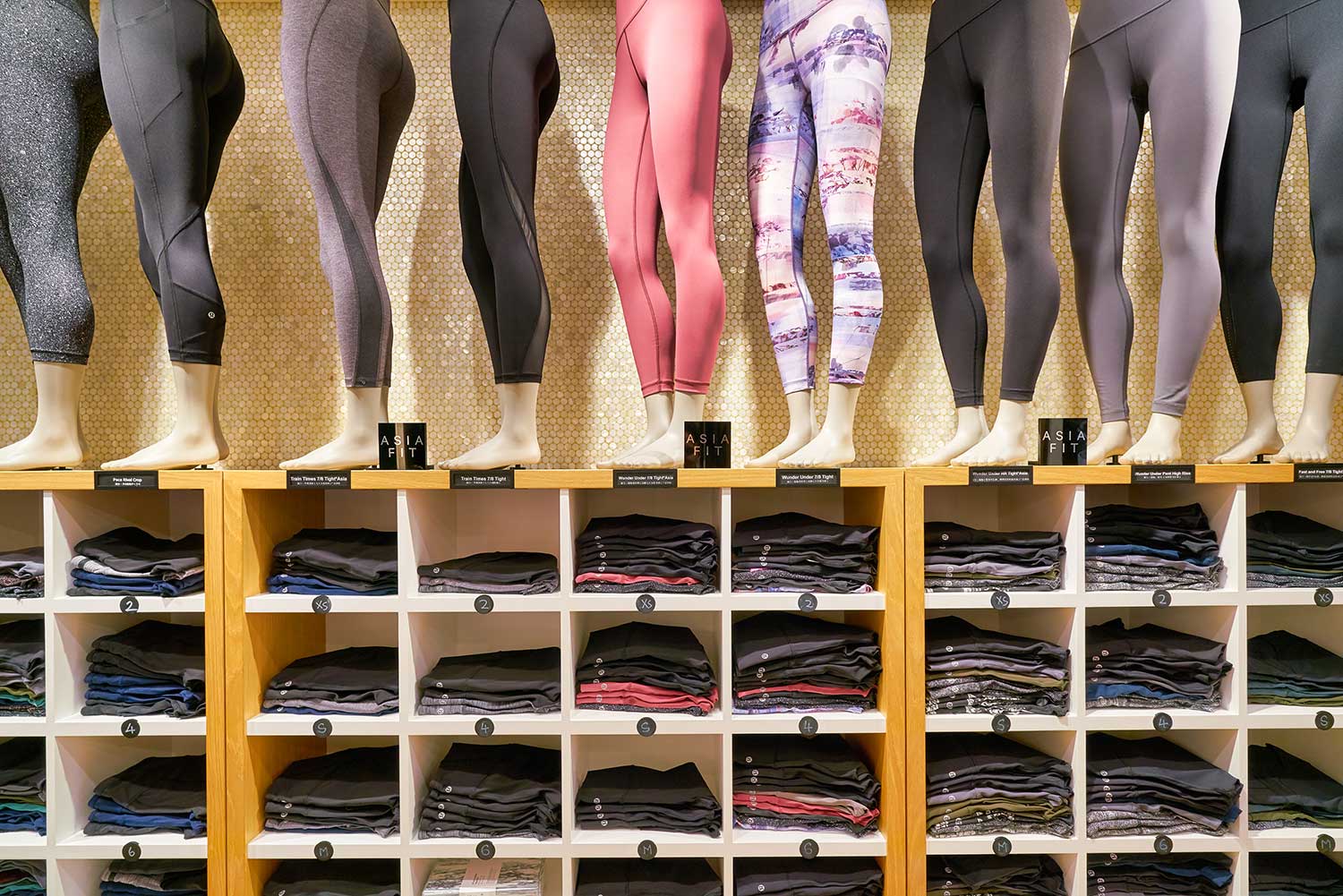Hey team, and welcome back to one5c! When we decided to curate our very first summer reading list, we had a couple goals: We wanted to steer clear of meat-and-potatoes books about the climate crisis, and similarly shun dense tomes that felt like vegetables. It’s vacation season. We wanted snacks, deliciously satisfying reads that are as engaging as they are informative. (A food metaphor from me, I know you’re all shocked 😲.)
To put that in nonfood terms, we didn’t want to write a college syllabus of canonical climate reading, so we chose titles—four new and one new-classic—to delight and inspire. Is there something on your end table you think fits the bill? Let us know; we’d love to check it out. —Corinne
WHAT WE’RE INTO THIS WEEK
By Shreya Agrawa & Sara Kiley Watson

Greenwatch
A clearer fashion report card
Parsing what “sustainable” fashion actually lives up to is nearly impossible, but a new analysis from Bloomberg Green offers a clearer report card than we’ve seen in a while. Their analysis dug into emissions data from the 38 of the world’s largest clothing companies and found that only 20 companies are transparent with their emissions data, out of which 11 report a decrease in their planet-warming practices. For the rest, things have actually gotten worse, with Aritzia and Lululemon more than doubling their emissions. Time to start getting yoga pants at the Gap…
Accountability check
The price of Trump’s deal with Big Oil
Earlier this month, headlines were abuzz about an April 11 “energy round table” where former President Donald Trump suggested attendees (e.g., executives from ExxonMobil, EQT Corp., and the American Petroleum Institute) donate $1 billion to his campaign. The quo for this quid: a promise to roll back environmental protections if he wins back the White House in November. Estimates obtained by The Guardian show that $1 billion is a pretty sweet deal for the oil and gas industry, which would net $110 billion in tax breaks if the plans go through. That’s about the same as the GDP of Kenya and more than the climate adaptation fund for developing nations promised by the Paris Agreement.
Good read
Space buffs turn their attention toward Earth
Astronomers have an interesting point of view when it comes to climate. After studying less-than-livable orbs like the boiling-hot Venus, they “understand, more than anyone else, that Earth is our only home,” says Travis Rector, an astronomer at the University of Alaska Anchorage. Rector is among a group of stargazers who have pivoted their focus to climate science, Katrina Miller and Delger Erdenesanaa write for The New York Times—many of them spurred by the destruction of essential observatories due to wildfires, and ready to flex their knowledge in a new mission to save our home.
Cause for optimism
The carbon benefits of wild animals
Animals, while smaller in number than plants or microbes, can significantly affect an ecosystem’s ability to store carbon, making our furry friends excellent allies in nature-based climate solutions. At least that’s what a model from Yale School of Environment posits. The idea has recently proven out in Romania, where researchers released 170 bison to the Țarcu mountains. Allowing the rewilded herd to graze, they found, sequesters 9.8 times more carbon that the land could do on its own—socking away the equivalent emissions of 43,000 cars.
MIC-DROP CLIMATE STAT
10x
The increase in the rate of heating over the last century (1 degree in 100 years) compared with the level of warming coming out of an ice age (0.1 degree in 100 years). Seems more like “global heating” than “global warming,” eh? Here are our recommendations for how to talk about the climate crisis.
CONSUME THIS
Our summer reading list
By Sara Kiley Watson

It’s just about summertime, which means we all need a little somethin’ to pass hours at the beach, on long (electric) car rides, or while lounging on balconies. If you’re on the hunt for a read that can also lend you a new perspective about your place on this climate-changing planet, you’re in the right spot. Here are our five essential reads for the summer, including titles for both fiction and nonfiction lovers. (Extra credit if you can find ’em at the library or secondhand—or share your copy with a friend or two.)
Not the End of the World by Hannah Ritchie
This one’s a perfect ray of sunshine to ride out a dreary summer storm. The first book from Hannah Ritchie—data scientist and author of the newsletter Sustainability by Numbers—is a lesson in optimistic realism. Called “eye-opening and essential” by Bill Gates, the book is an antidote to our worst climate fear: that nothing we do will be enough. Instead, Ritchie makes the case that, if we zoom out our view, it’s easier to see we’re actually doing some good. Did you know, for example, that carbon impact per person is shrinking compared to that of previous generations? There’s a ways to go, but the hard data shows the doom-and-gloom narrative isn’t the only one with a point.
Troubled Waters by Mary Annaïse Heglar
Climate essayist Mary Annaïse Heglar’s debut novel is based on her family’s experience with social and environmental justice in the American South. The fictional tale weaves ghostly parallels between a granddaughter and grandmother feeling the pressures of a changing world: one struggling with her brother’s death on an oil vessel, and the other revisiting a childhood during the civil rights movement. If you’re looking for something the little ones will enjoy too, look for her first children’s nonfiction book The World Is Ours to Cherish.
Birding to Change the World by Trish O’Kane
Trish O’Kane wasn’t always into birds but found joy and inspiration in feathered friends after Hurricane Katrina destroyed her New Orleans home. Now O’Kane, once a full-time investigative journalist, holds a Ph.D. in environmental studies and lectures at the University of Vermont on the relationships between humans and animals—and how understanding that can actually ruffle up social change. Birding to Change the World is a bright and vivid memoir of her journey, each chapter featuring a species whose natural resilience inspired her along the way.
Becoming Earth by Ferris Jabr
We all know that Earth is special, but the debut from New York Times Magazine contributing writer Ferris Jabr takes a deep look at the history that’s made our floating rock different from all the other ones: life. Everything living on this blue marble has slowly but surely been engineering a perfect place to exist, but one life form in particular is on a speed course to upend paradise. (Any guesses which one?) Despite that seemingly foreboding message, Jabr hardly gets grim, emphasizing instead that humans are in the unique position to determine the next chapter of the eternal book of this planet.
The Ministry for the Future by Kim Stanley Robinson
This one isn’t new this year, but it’s essential reading in the growing genre of climate fiction (or “cli-fi.”) Published by bestselling sci-fi author Kim Stanley Robinson in 2020, it isn’t set in some scary distant future or faraway galaxy. It’s right here on Earth—starting next year. The story follows an international group of ministers whose writ is to advocate for the world’s future generations after the planet blows through the goals set by the Paris Agreement. The solutions they uncover, all rooted in existing science, reveal how realistic the path forward can be.
